We offer a wide range of all kinds of Products
Chemicals

Acids
Acids in industry are widely employed for processes like metal cleaning, chemical manufacturing, food preservation, and wastewater treatment.

Bases
Bases have diverse industrial applications, such as being used in the production of soaps and detergents, as well as in the pharmaceutical and food industries. They are also vital in water treatment processes and the creation of certain chemicals and fertilizers..
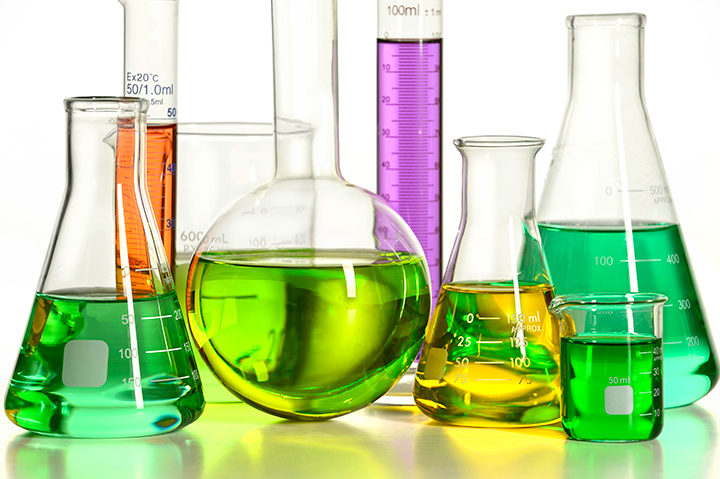
Solvents
Solvents are substances capable of dissolving other materials, and lab chemicals encompass a vast array of compounds used in scientific experiments,

Lab Chemicals
"Lab chemical" is a general term referring to any substance or compound used in laboratory settings for experimental or research purposes.
Phrobes & Sensors
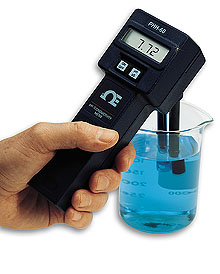
pH Probes
These sensors measure the acidity or alkalinity of a solution by detecting the concentration of hydrogen ions (H⁺).
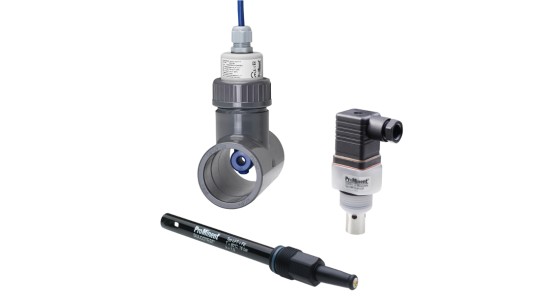
Conductivity Sensors
These sensors measure the ability of a solution to conduct electrical current.
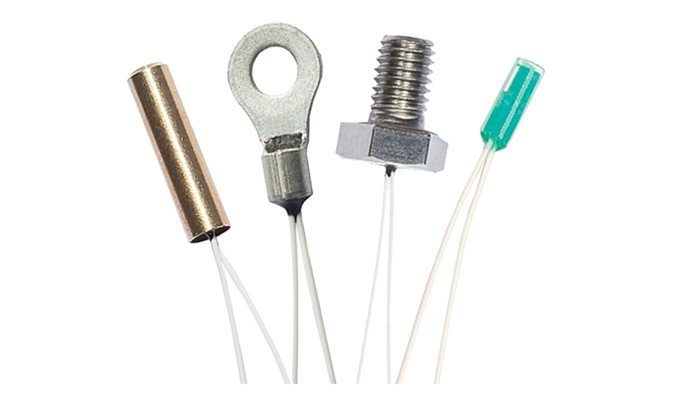
Temperature Probes
These probes measure temperature variations in substances or environments.
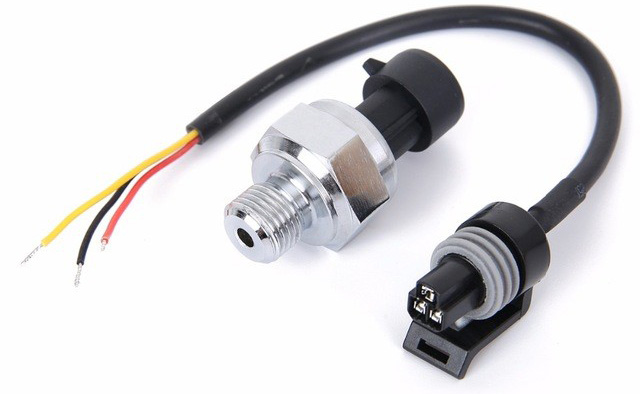
Pressure Sensors
These sensors measure pressure variations in gases or liquids. They can detect changes in pressure levels and convert these changes into electrical signals.
Calibration Kits
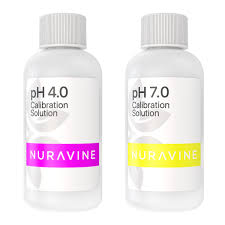
pH Calibration Solutions
These kits contain buffers with known pH values (typically pH 4.01, pH 7.00, and pH 10.01) that are used to calibrate pH meters.
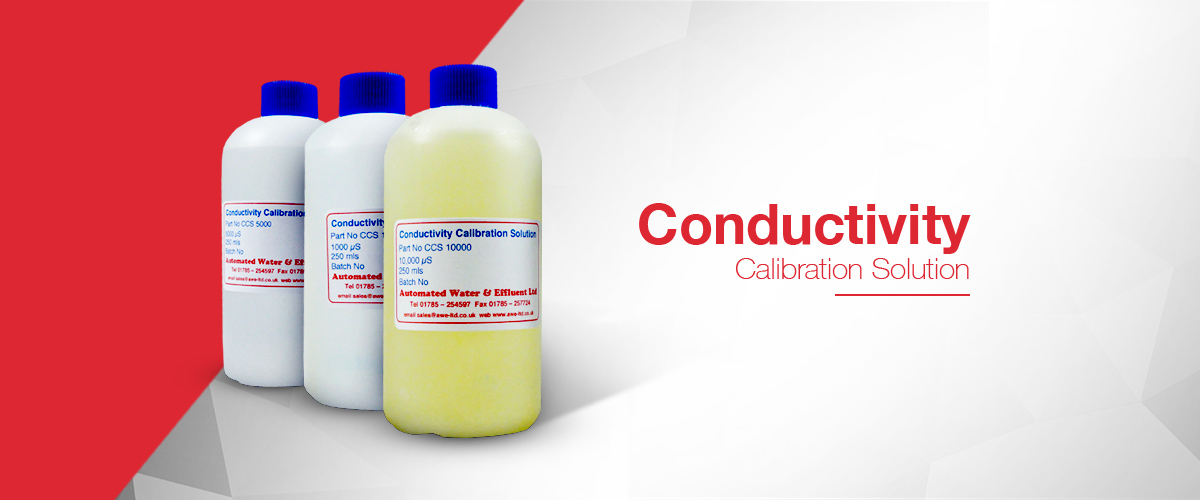
Conductivity Calibration Solutions
Similar to pH calibration, these kits consist of solutions with known conductivity values that allow users to calibrate conductivity meters.
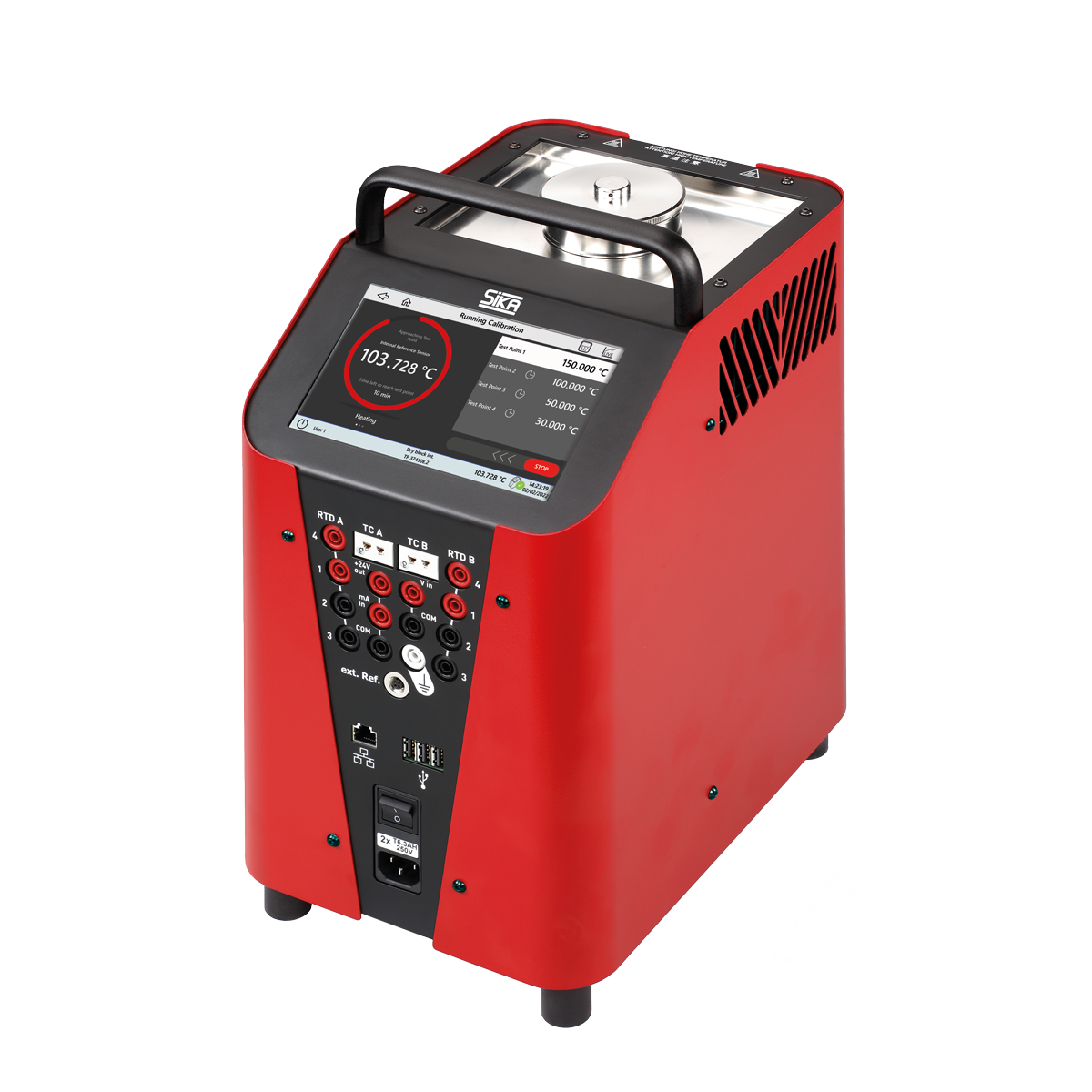
Temperature Calibration Tools
Calibration tools for temperature sensors can include devices like dry-well calibrators or temperature baths that provide known and stable temperatures.
User Replacement Parts
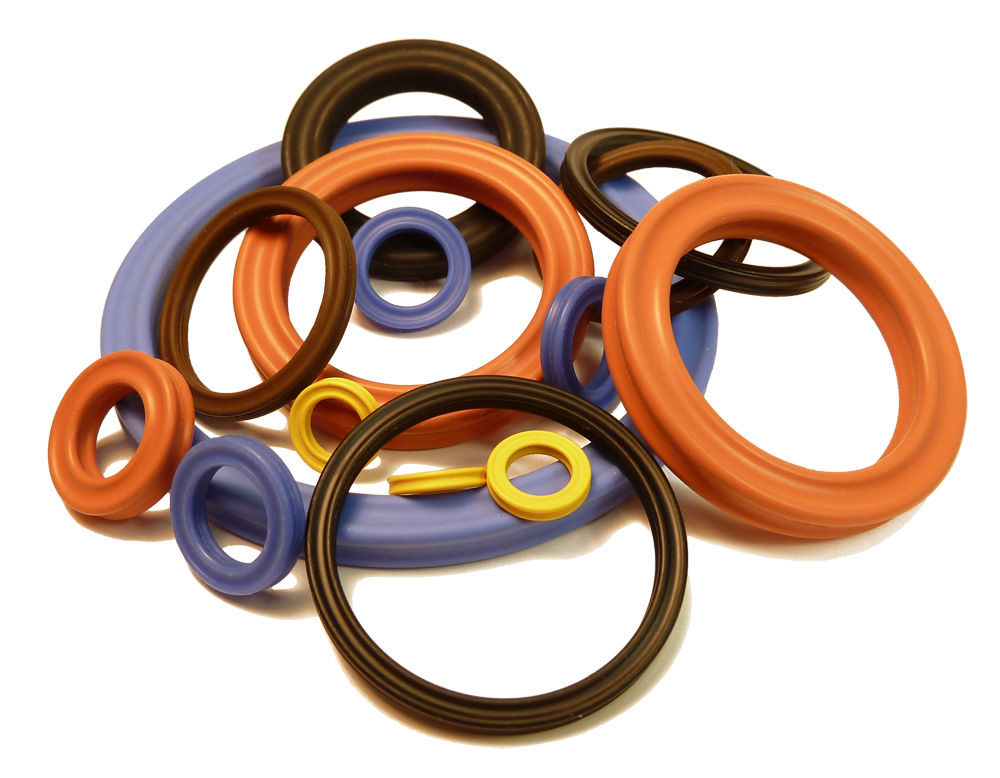
O-rings and Seals
These are used to create a secure and leak-proof seal between parts of equipment or instruments.

Electrodes
In the context of laboratory equipment, electrodes are often used in sensors, probes, or analytical instruments
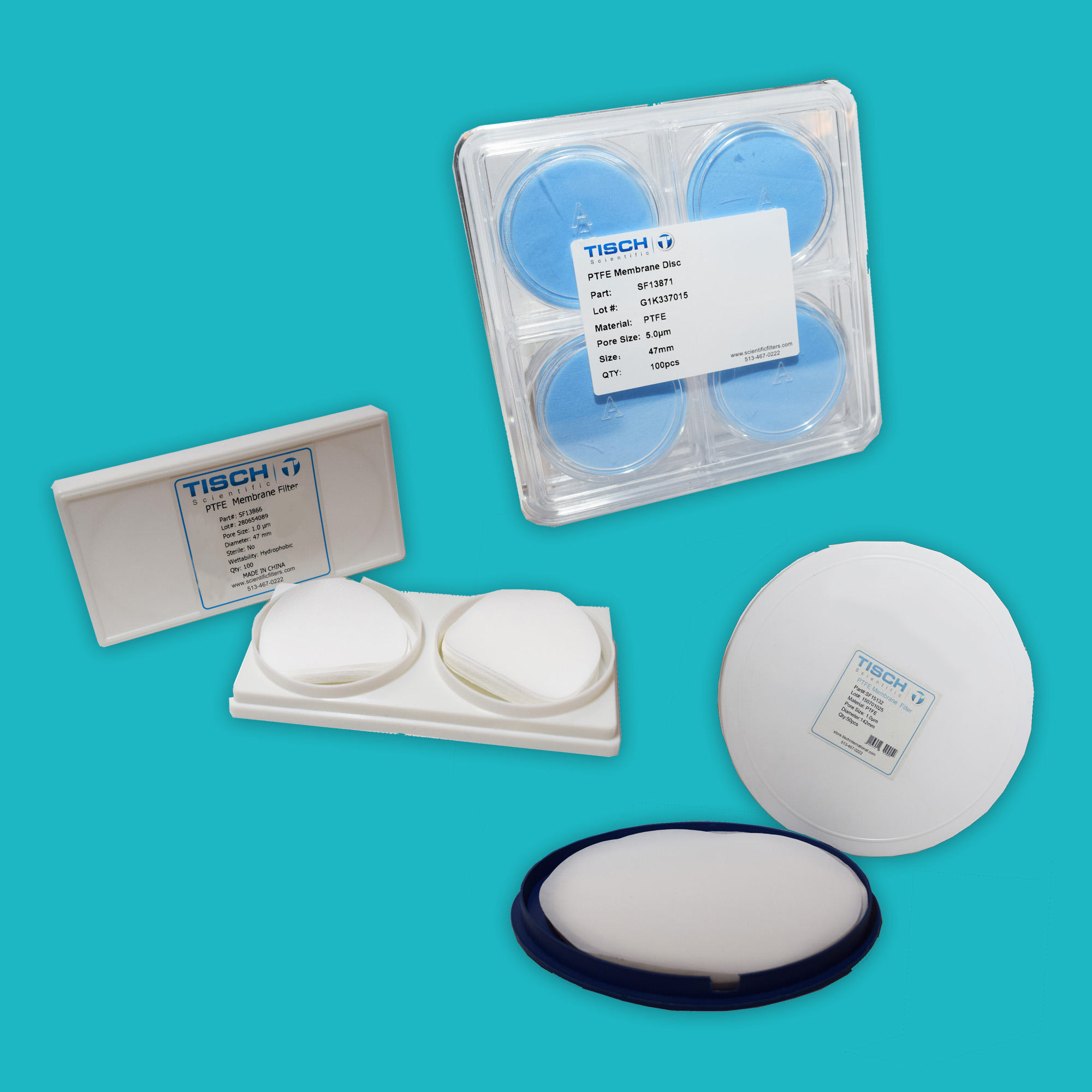
Filters and Membranes
Filters and membranes are critical components in systems that require purification or separation of substances.
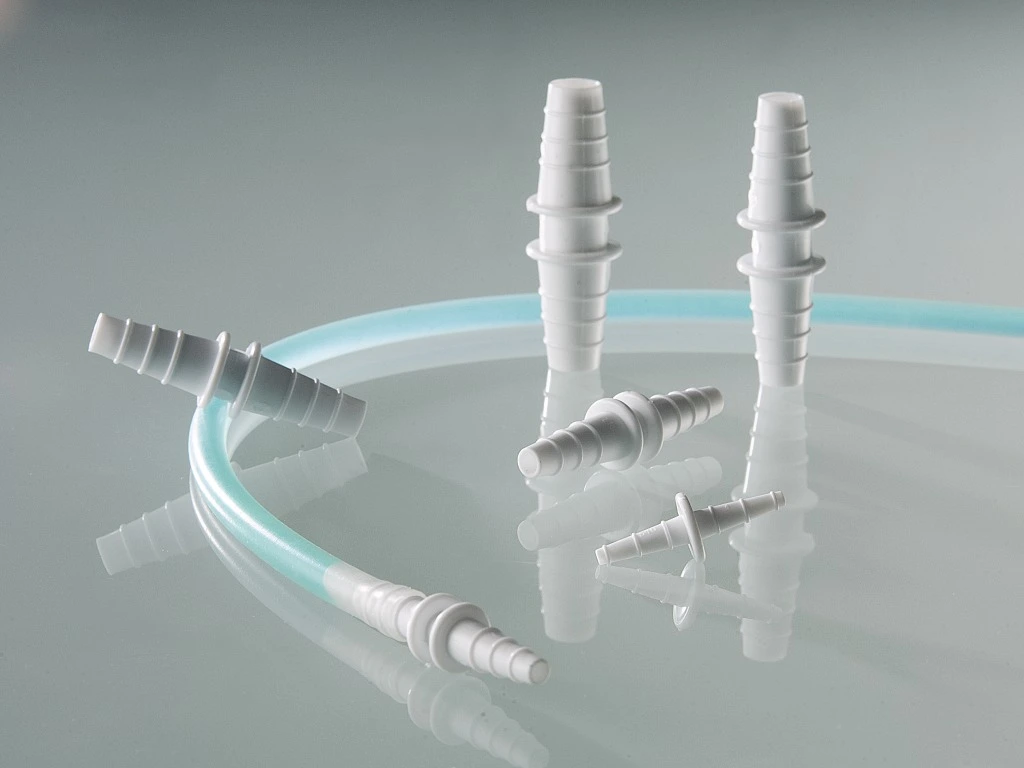
Tubing and Connectors
Tubing and connectors are essential for fluid handling systems, carrying liquids or gases between different components or instruments.
Data Loggers
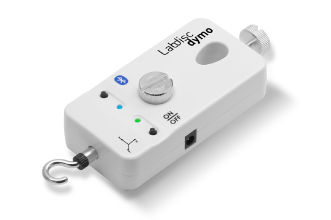
Data Logger Units
These are the central units that typically contain memory, processing capabilities, and interfaces for data retrieval or transfer.
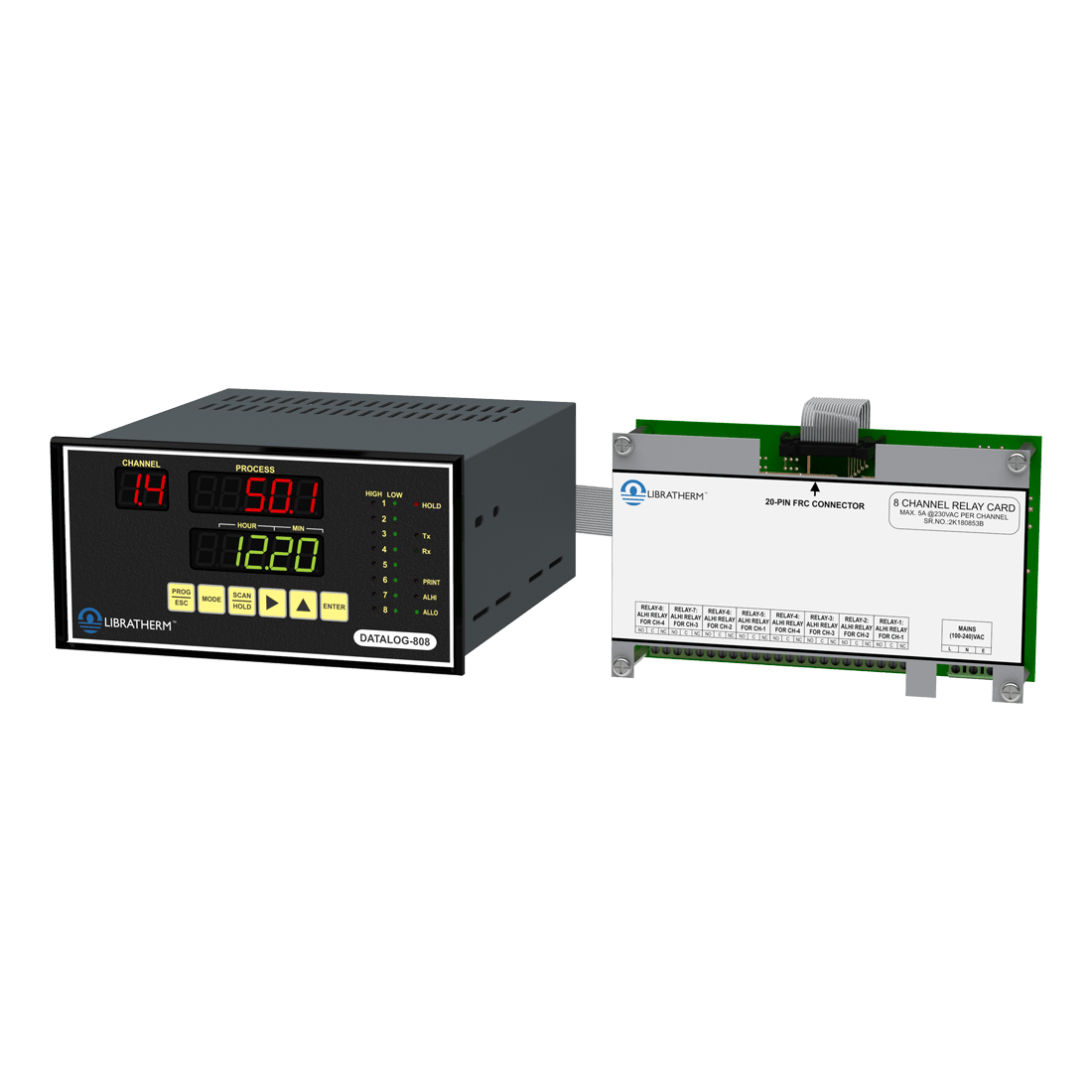
External Sensors
Data loggers often interface with external sensors to capture specific measurements such as temperature, humidity, light intensity, pressure, or other environmental parameters.
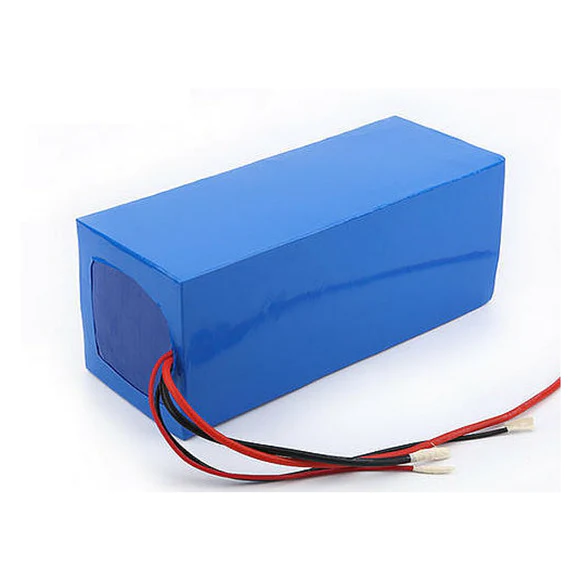
Battery Packs
Battery packs or power sources are essential components of data loggers, providing the necessary power to operate the unit and connected sensors.
User Displays

Digital Displays
These are numeric or alphanumeric displays that present information in numerical or character form. They often use segments or digits to show data, measurements, or values in a clear and straightforward manner.
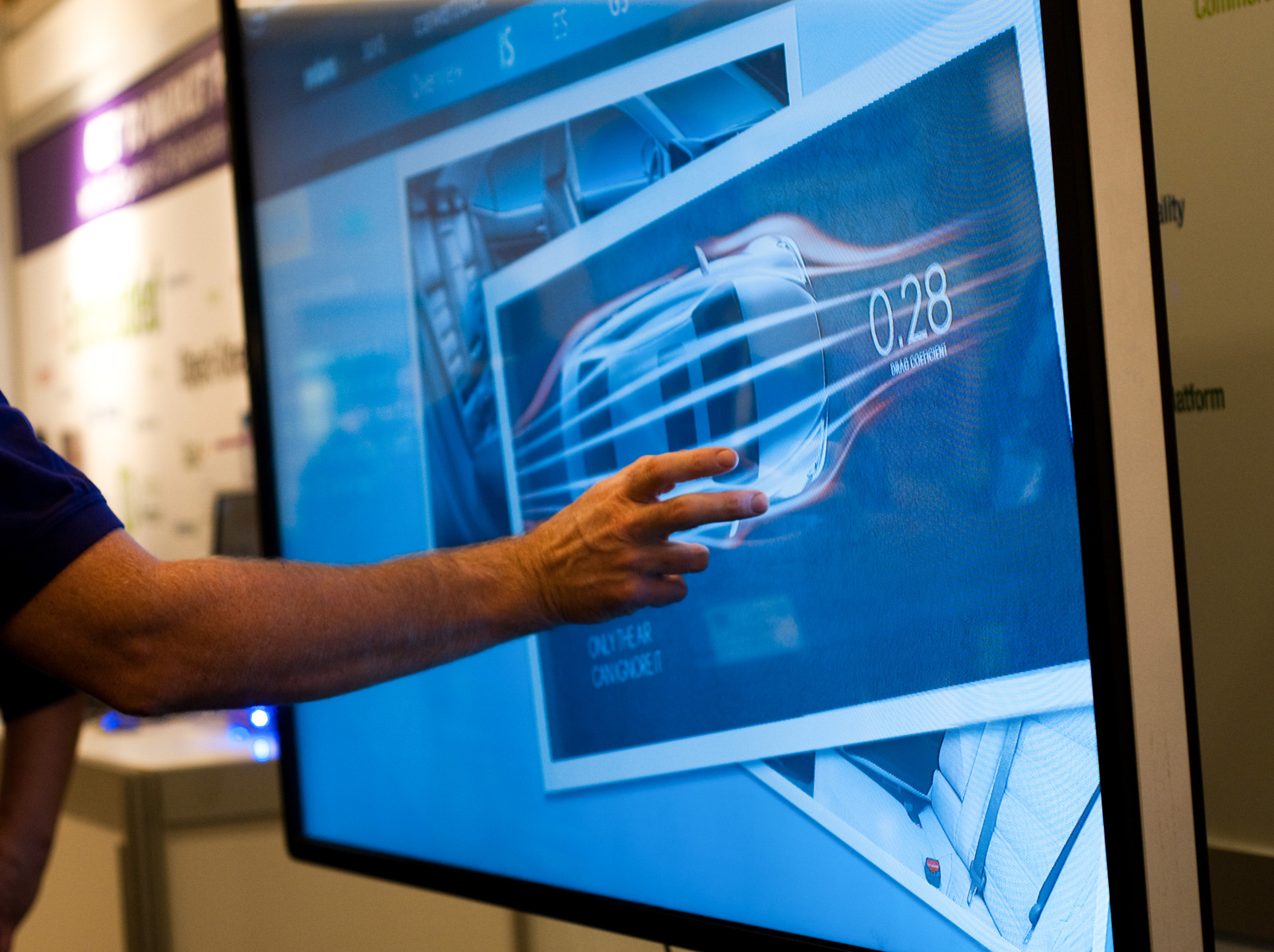
Touchscreen Displays
These displays allow users to interact directly with the screen by touching it, enabling input and control through gestures or touches. They are prevalent in smartphones, tablets, interactive kiosks, and many other devices These displays allow users to interact directly with the screen by touching it, enabling input and control through gestures or touches. They are prevalent in smartphones, tablets, interactive kiosks, and many other devices
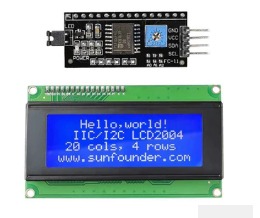
LCD Screens
LCD screens use liquid crystals to modulate light and create images or text. They are commonly used in devices such as computer monitors, TVs, digital watches, and various electronic devices.
Enclosures
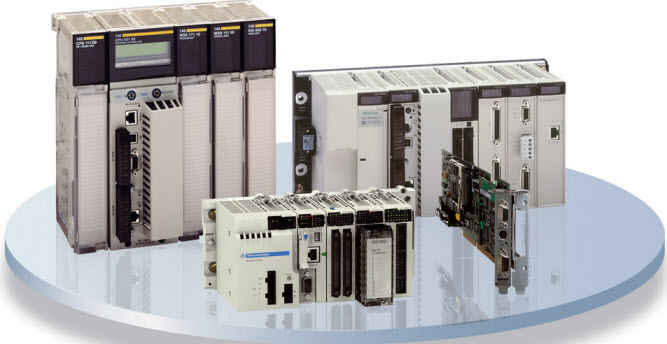
Chemical-Resistant Enclosures
These enclosures are designed to protect equipment from exposure to harsh chemicals or corrosive substances. They are commonly used in laboratories, chemical processing plants, or industrial settings
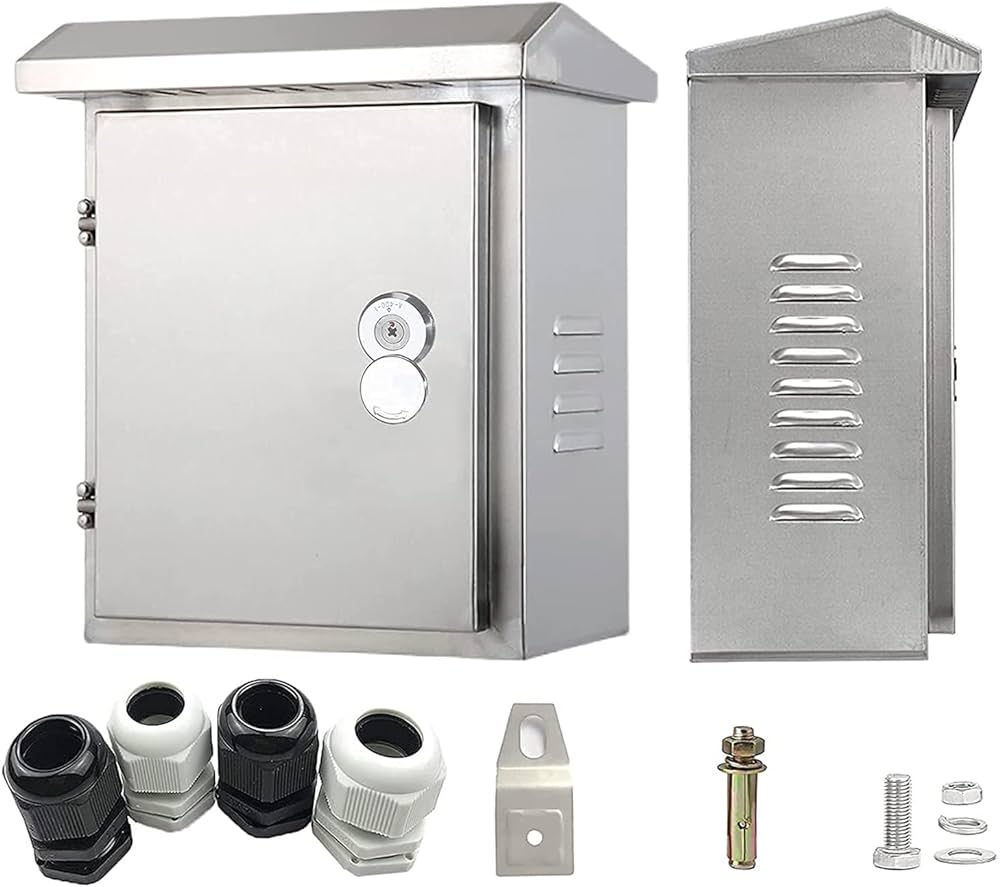
Weatherproof Enclosures
Weatherproof enclosures are designed to shield equipment from environmental elements such as moisture, dust, rain, snow, and extreme temperatures.
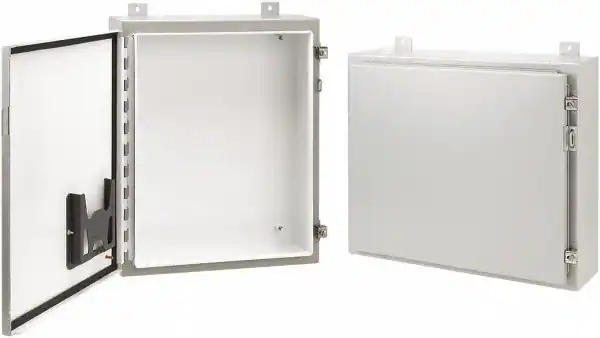
Temperature-Controlled Enclosure
: These enclosures are equipped with systems to regulate and maintain internal temperatures within specific ranges. They are used to protect sensitive equipment or instruments from temperature fluctuations that could affect their performance.
Testing Unit Housings
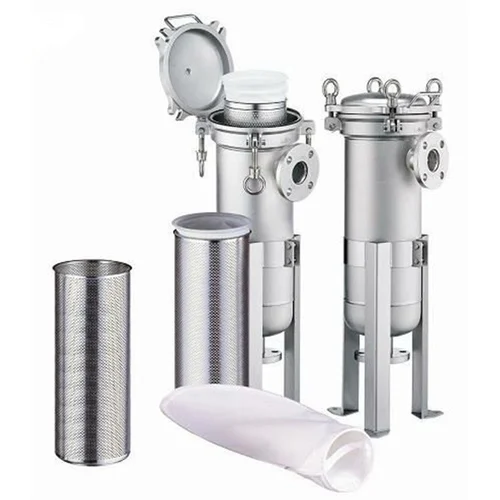
Stainless Steel Housings
These enclosures are designed to protect equipment from exposure to harsh chemicals or corrosive substances. They are commonly used in laboratories, chemical processing plants, or industrial settings
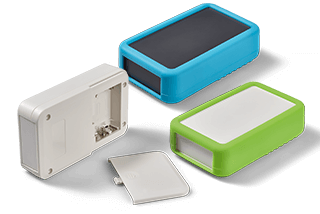
Plastic Housings
Plastic housings provide versatility and affordability while offering adequate protection for testing units in less harsh environments. They can be made from various plastics such as ABS, polycarbonate, or PVC, providing decent protection against moisture and moderate physical impacts.
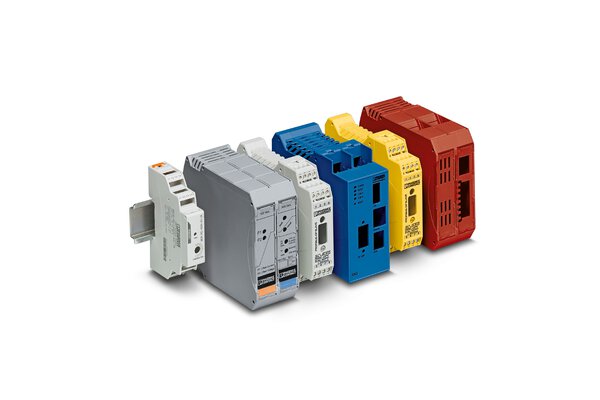
Customized Housings for Specific Applications
In some cases, specialized testing units may require unique housing designs tailored to their specific needs. Customized housings can be engineered with specific materials, shapes, or features to meet the precise requirements of the testing equipment.
Power Supplies

Battery Packs
Battery packs, also known as portable power banks, are portable devices that store electrical energy. They usually consist of lithium-ion or lithium-polymer batteries.
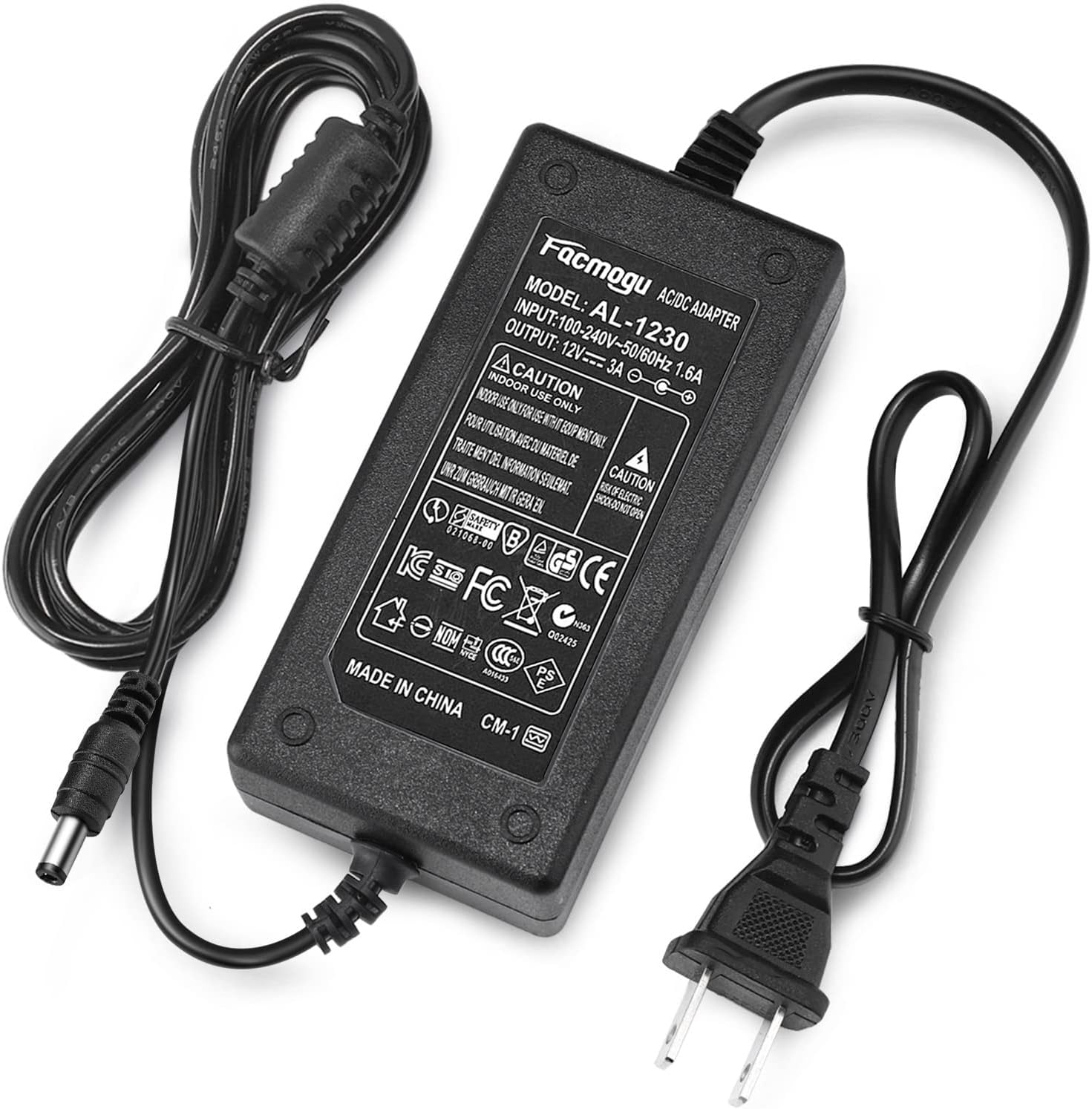
Power Adapters
Power adapters, also known as AC adapters or chargers, convert electrical power from a standard outlet into a form that can be used by electronic devices.
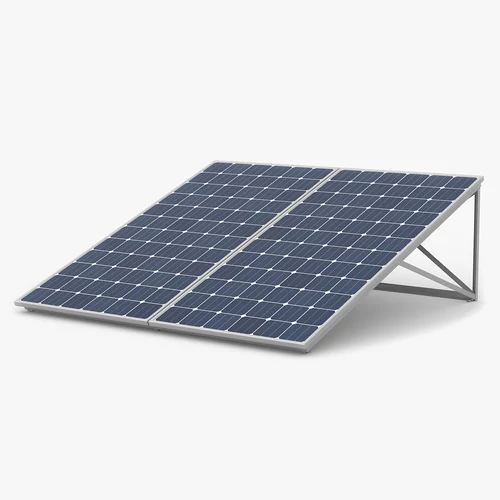
Solar Panels for Outdoor Units
Solar panels convert sunlight into electrical energy. They are composed of photovoltaic cells that generate direct current (DC) electricity when exposed to sunlight.
Cables and Wiring

Signal Cables
Signal cables are used to transmit electrical signals between devices. They carry analog or digital signals and are designed to minimize signal degradation or interference.
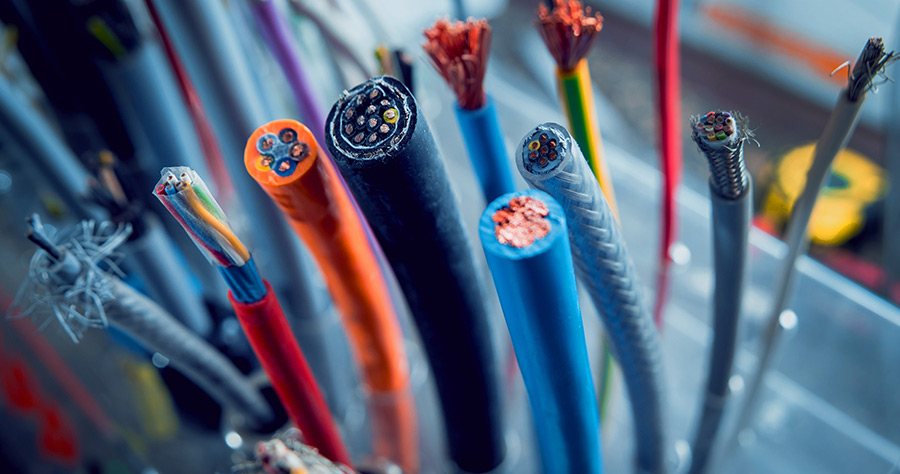
Power Cables
Power cables are designed to transmit electrical power from a power source (e.g., outlet or generator) to electronic devices.
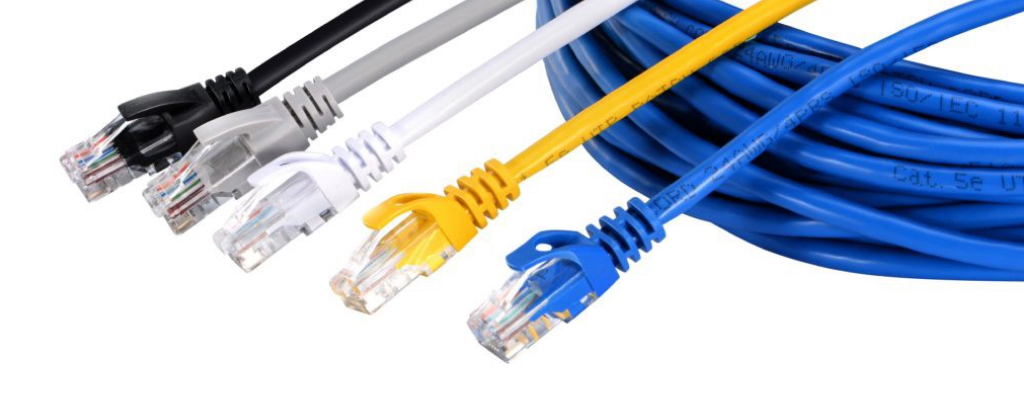
Communication Cables
Communication cables facilitate the transfer of data between devices, often in the form of electrical or optical signals.
User Connectors and Fittings
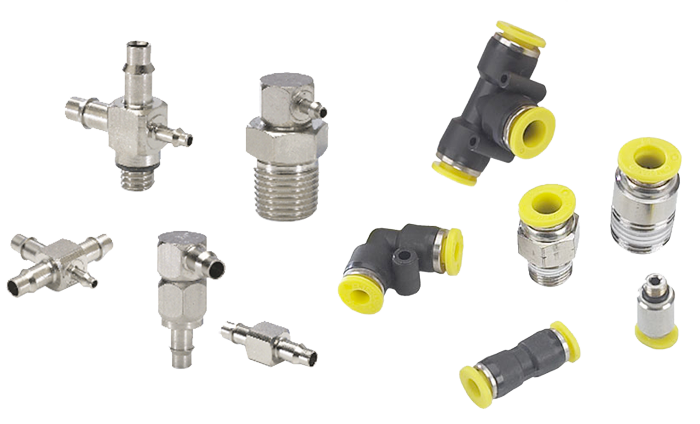
Quick Connectors
These connectors allow for rapid and easy coupling and uncoupling of components without the need for tools. They are often used in applications where frequent connections and disconnections are necessary, such as pneumatic systems, fluid lines in laboratories, or certain industrial equipment. These connectors allow for rapid and easy coupling and uncoupling of components without the need for tools.
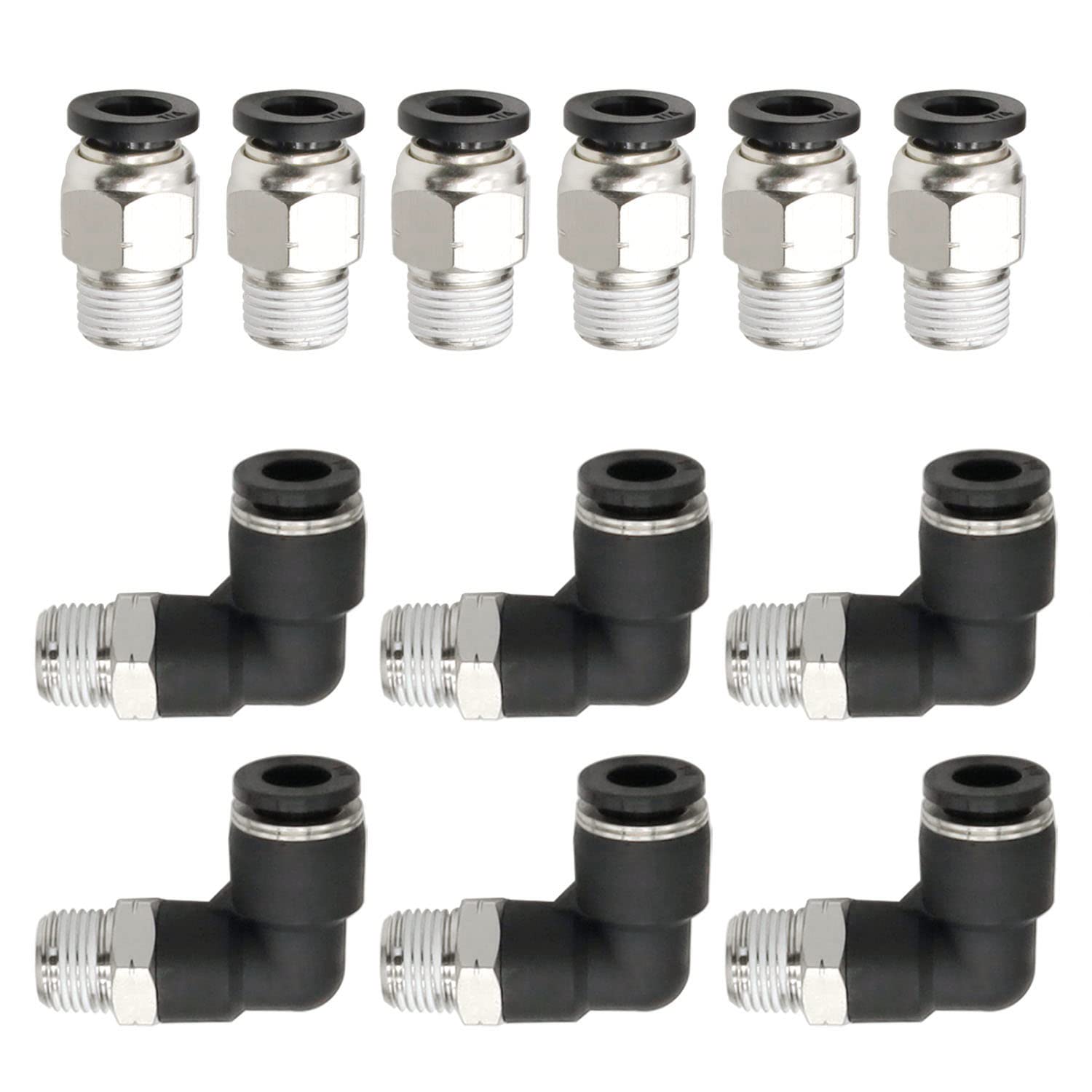
Threaded Fittings
Threaded fittings have screw threads on their exteriors or interiors, allowing them to be twisted or screwed together for a secure connection.
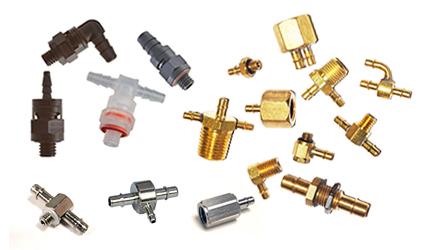
Barbed Fittings
Barbed fittings have ridges or barbs on their surface that help secure flexible tubing or hoses in place. The tubing is pushed onto the barbed fitting, creating a tight seal.
Fluid Handling Components
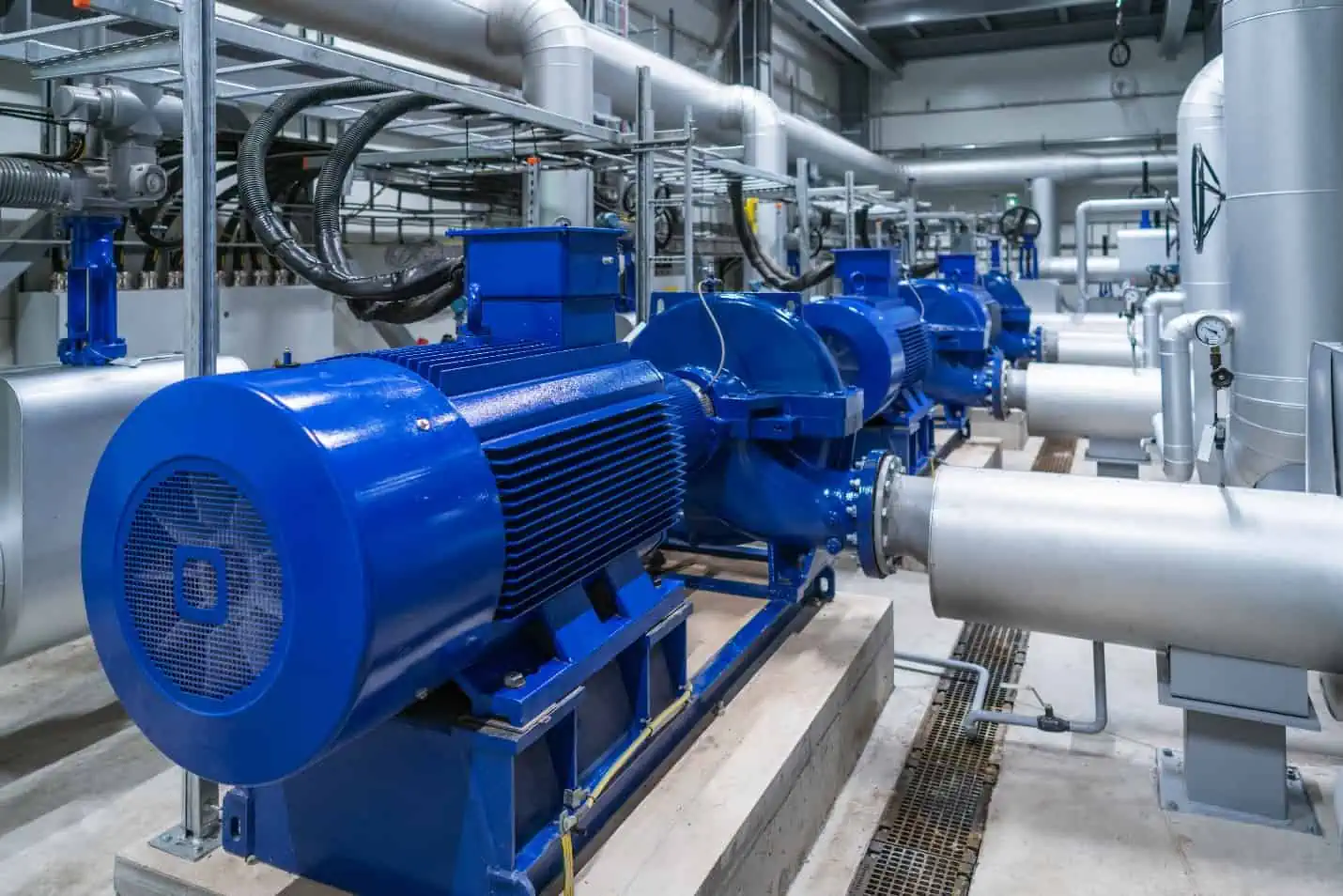
Pumps and Pumping Systems
Pumps are devices used to move fluids by creating a flow through mechanical action. They come in various types, including centrifugal pumps, diaphragm pumps, peristaltic pumps, and more.
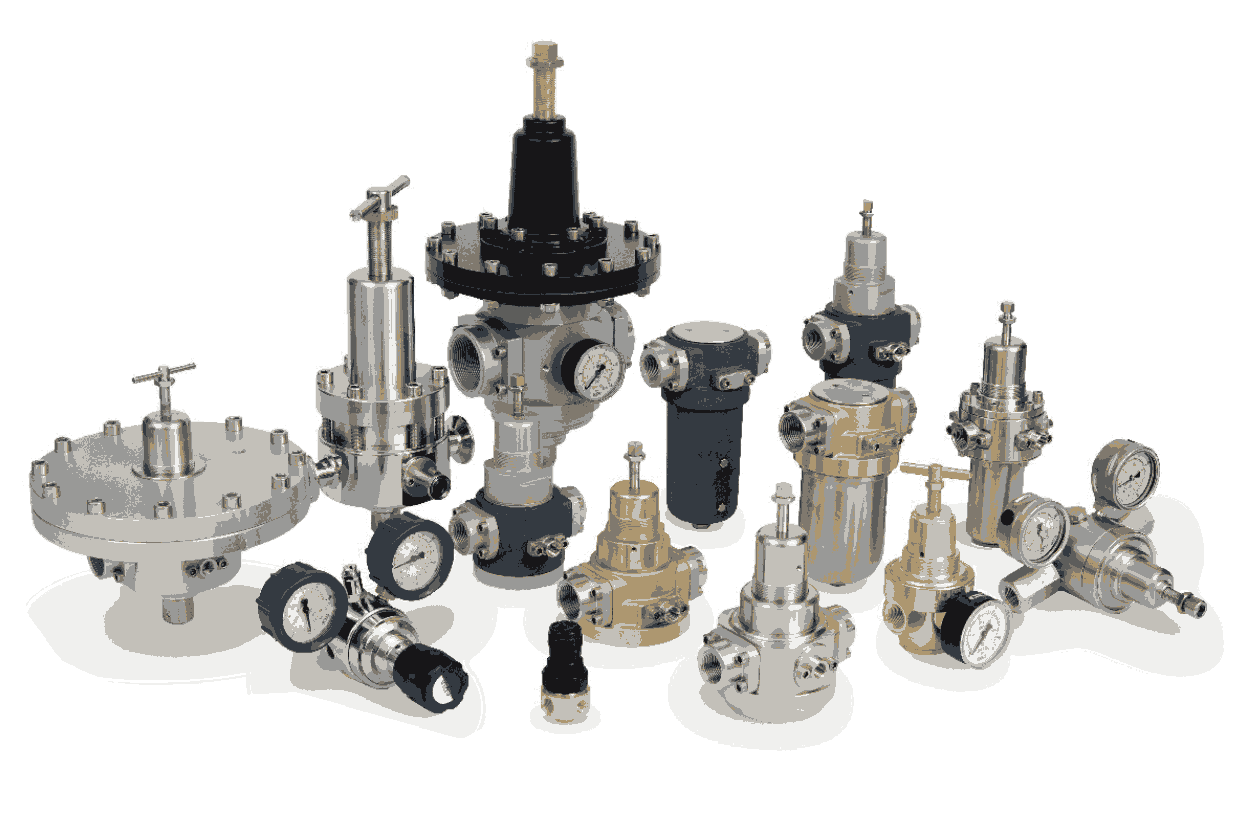
Valves and Valve Systems
Valves control the flow, pressure, and direction of fluids within a system. They can start, stop, or regulate the flow of liquids or gases. Valves come in different types, such as ball valves, gate valves, check valves, and control valves,
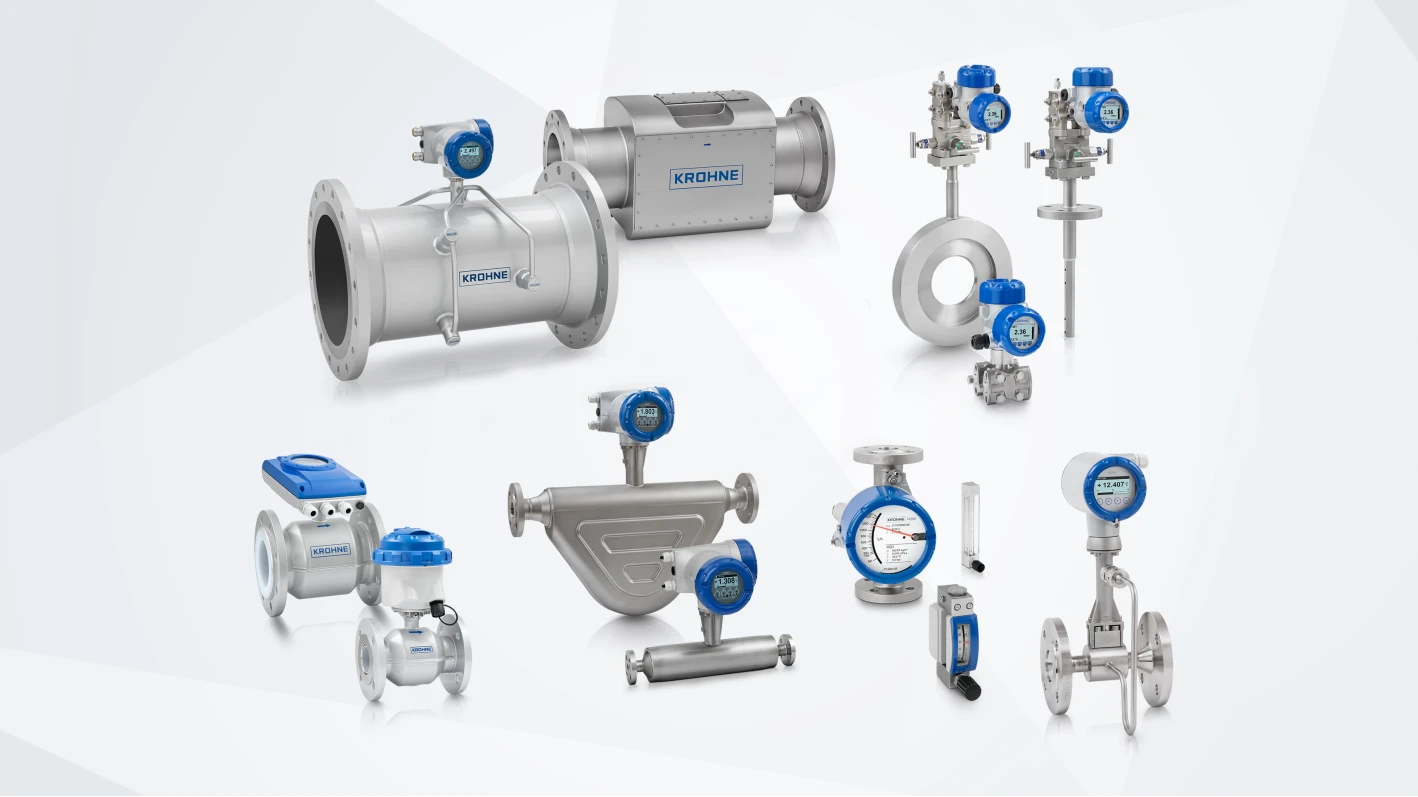
Flow Meters
Flow meters measure the rate of flow or quantity of a fluid passing through a specific point in a system. They come in various types, including electromagnetic, ultrasonic, turbine, and thermal flow meters.
Microcontrollers and Processors
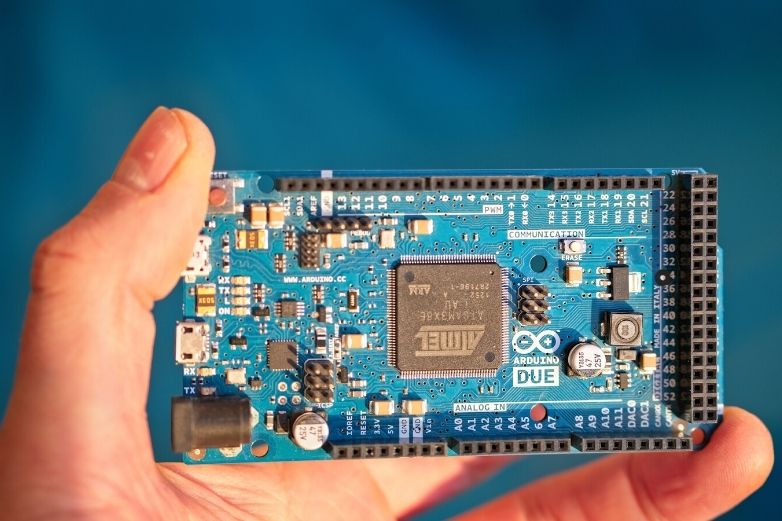
Microcontrollers for Data Processing
Microcontrollers are compact integrated circuits designed to perform specific tasks within electronic systems. They contain a CPU, memory, and input/output peripherals all on a single chip.
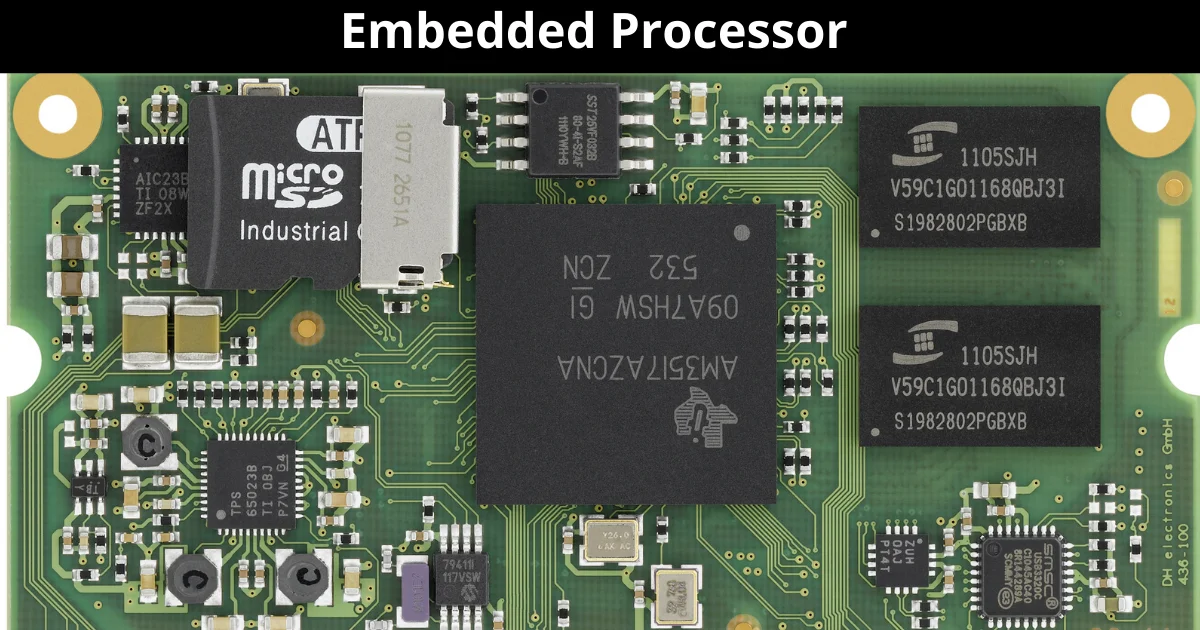
Embedded Processors for Control
Embedded processors are specialized CPUs designed to perform specific functions within larger systems or devices. They are commonly found in appliances, automotive systems, industrial machinery, and more. ,
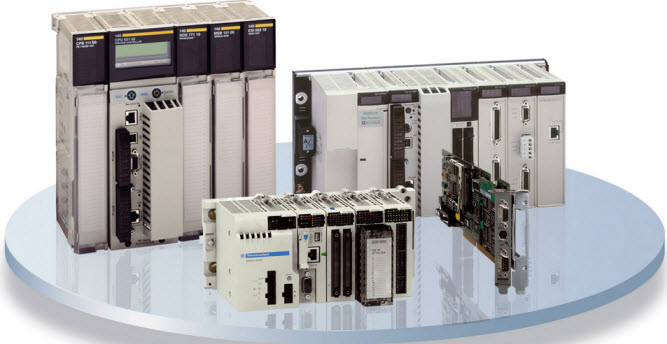
Programmable Logic Controllers
PLCs are industrial digital computers designed for controlling manufacturing processes, assembly lines, or any machinery involved in industrial automation.
Data Storage Devices
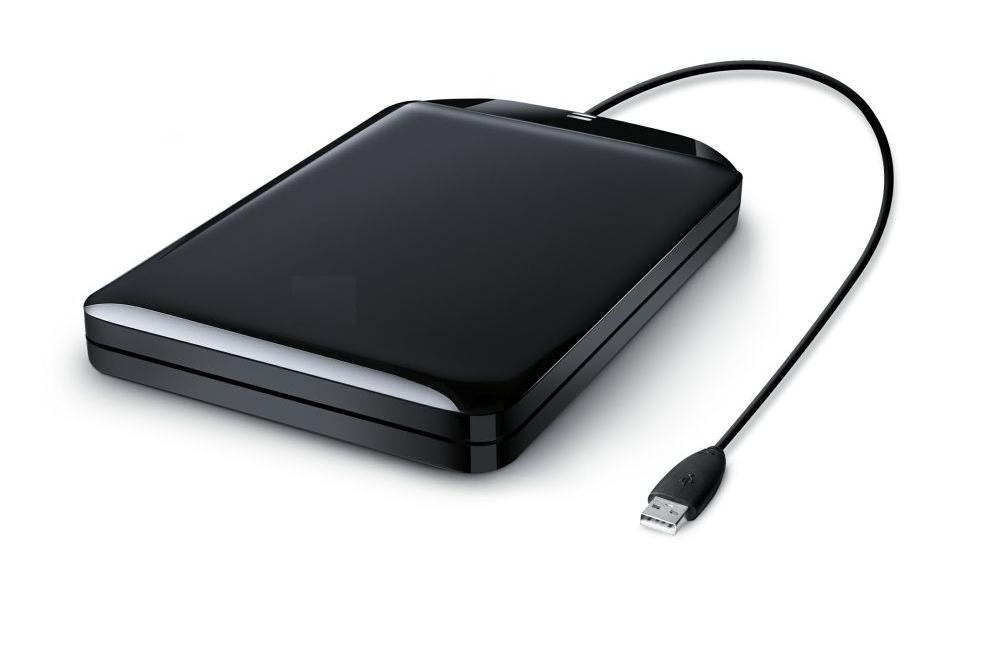
Hard Drives
These storage devices use spinning magnetic disks to store data. They have been the traditional choice for computers and larger storage
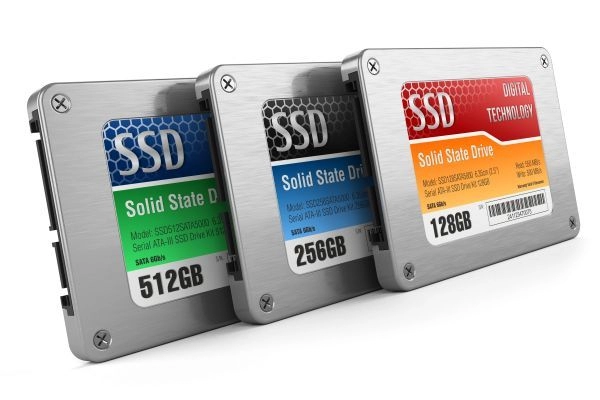
Solid-State Drives
SSDs use flash memory to store data, offering faster read and write speeds compared to HDDs.
Calibration Standards
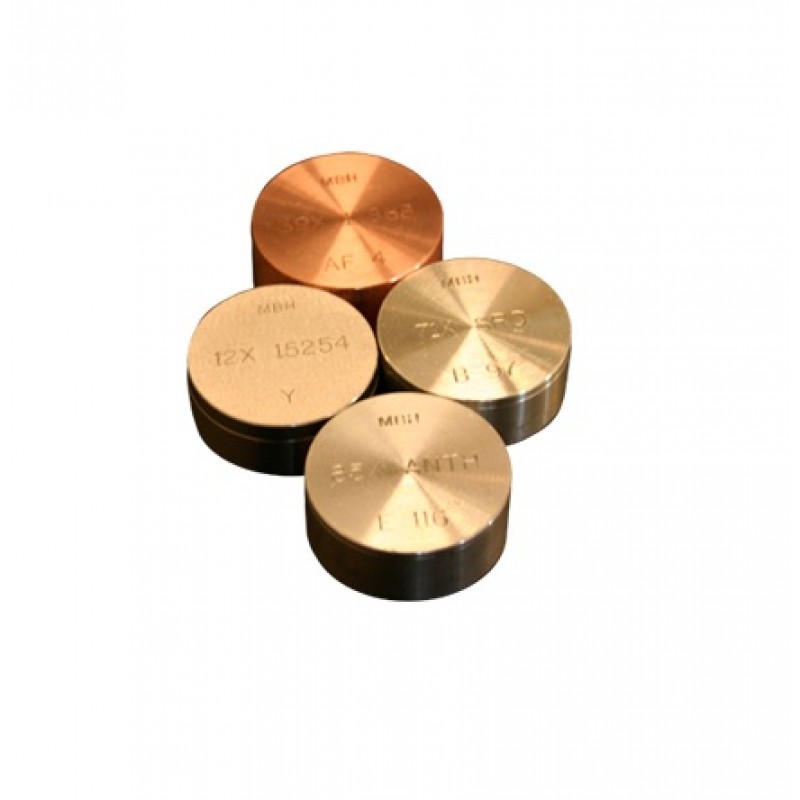
Certified Reference Materials (CRMs)
These are well-characterized materials with known properties and values, certified by an authoritative body or organization. CRMs are used to calibrate instruments, validate analytical methods, and ensure the accuracy of measurements.
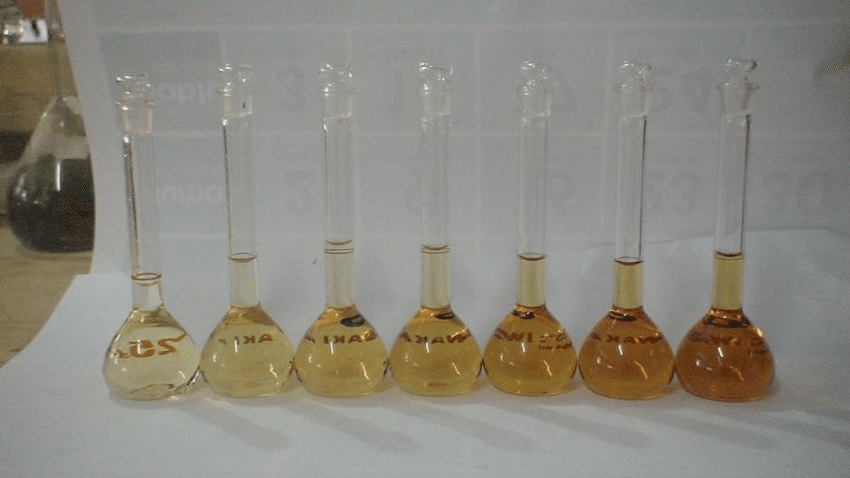
Standard Solutions for Calibration
These are precisely prepared solutions with known concentrations of substances. They are used to calibrate instruments like pH meters, spectrophotometers, or chromatography systems.
Enclosure Cooling Systems
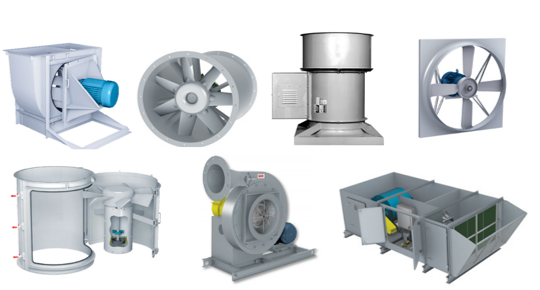
Fans and Ventilation Systems
Fans and ventilation systems are designed to circulate air within an enclosure, dissipating heat generated by electronic components. Fans move air, and ventilation systems facilitate the exchange of hot air with cooler external air.
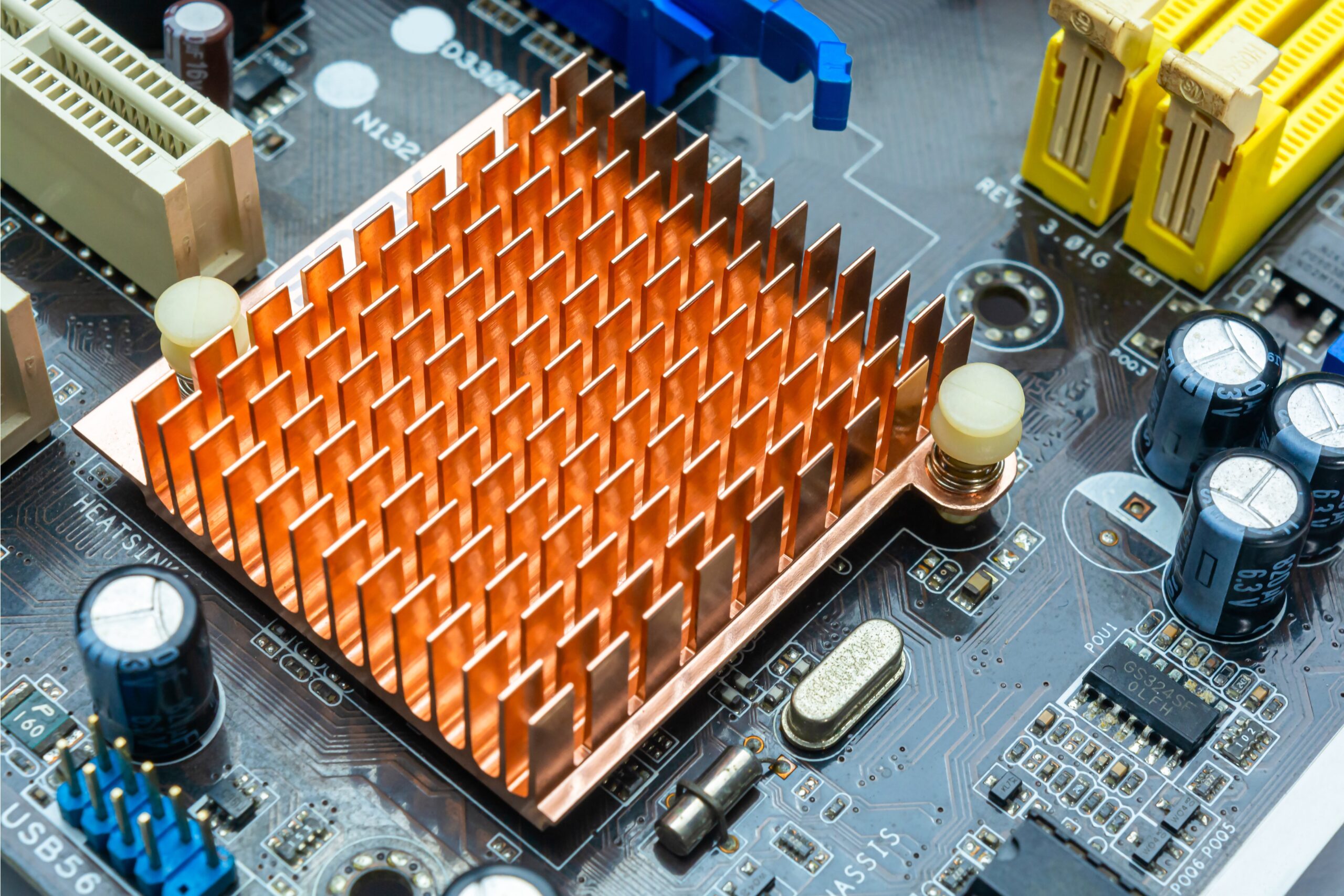
Heat Sinks
Heat sinks are passive cooling devices that absorb and dissipate heat from electronic components through conduction and radiation. They are typically made of metal and have fins to increase the surface area for better heat dissipation.
